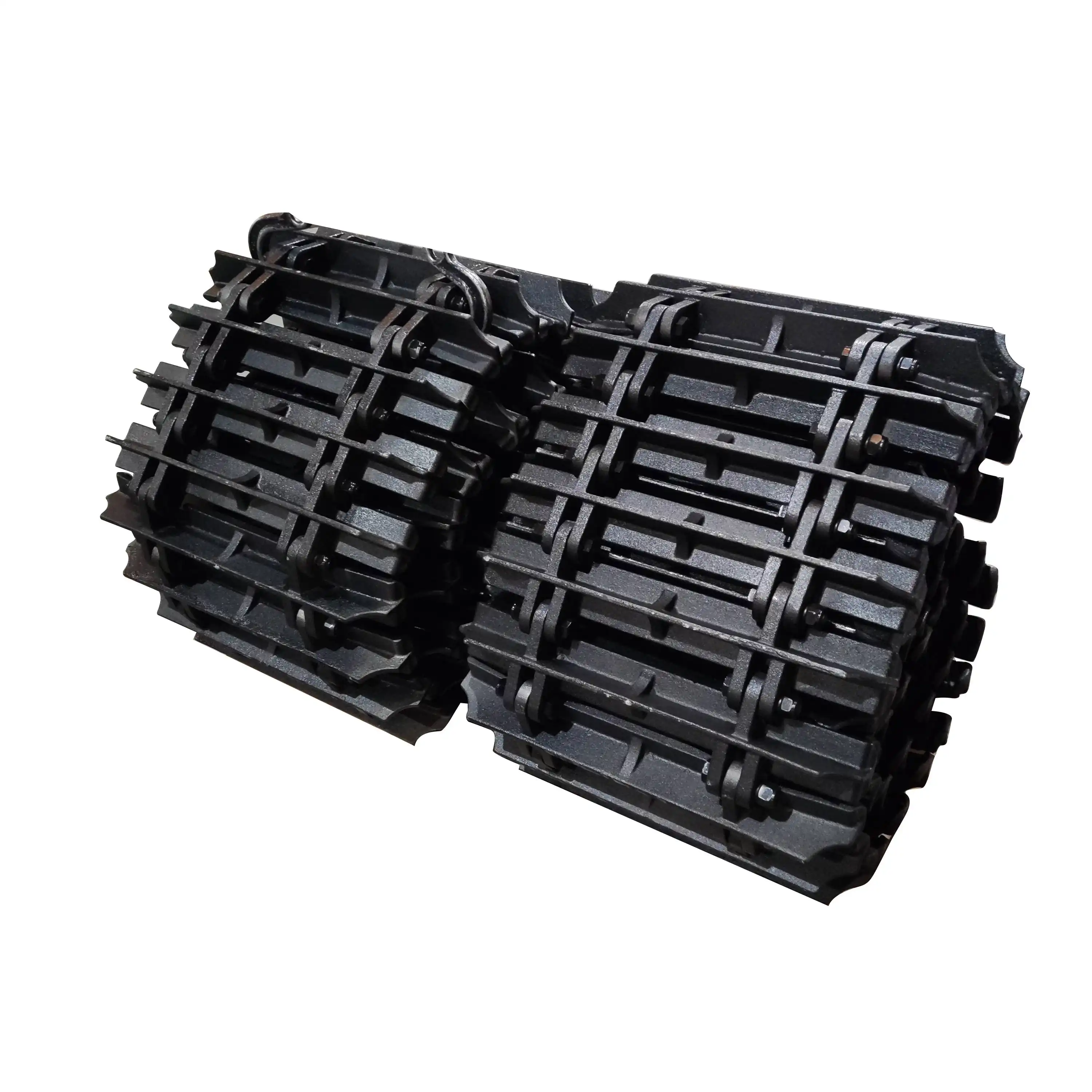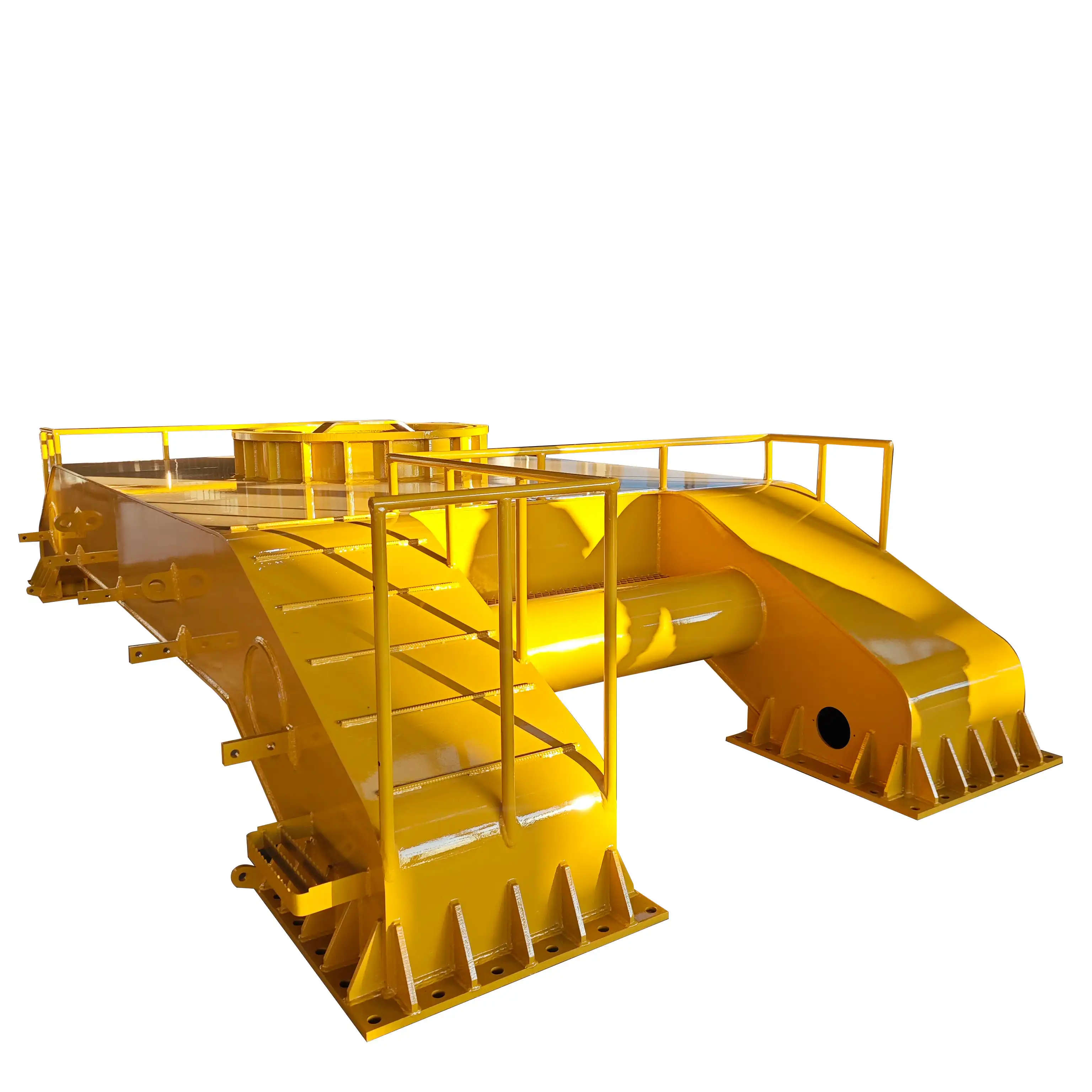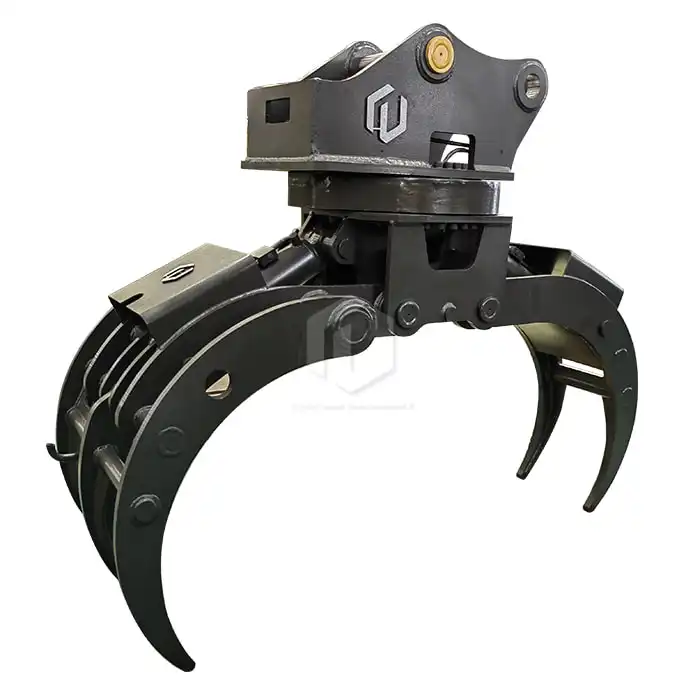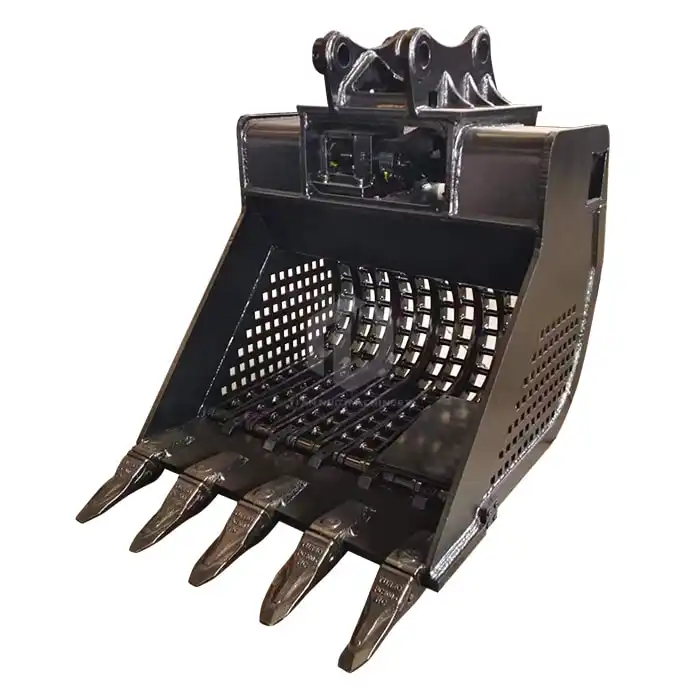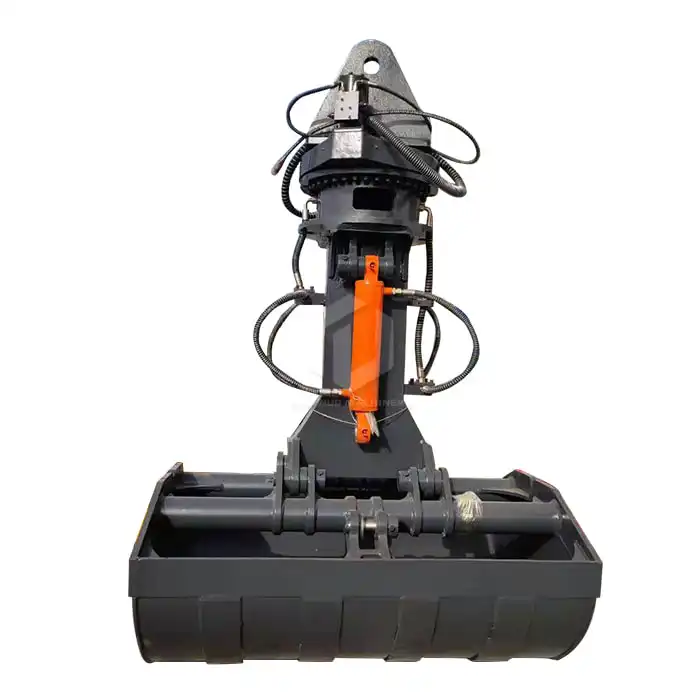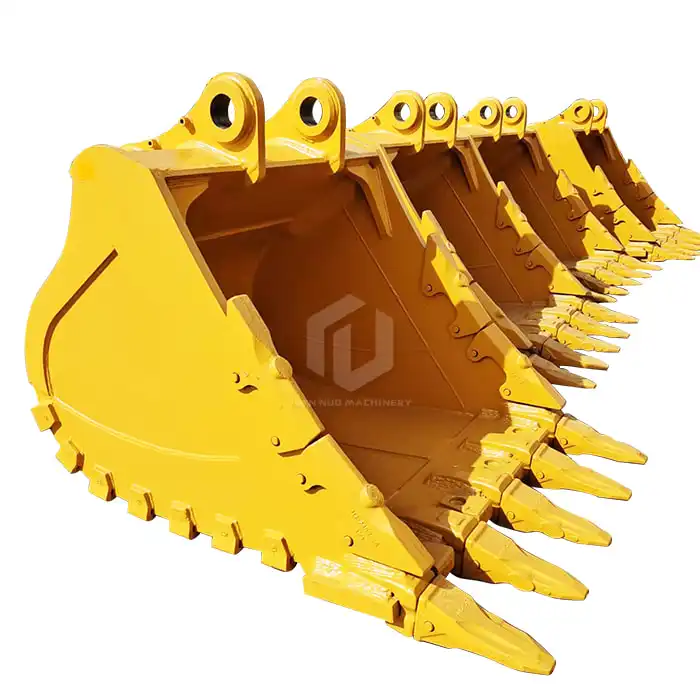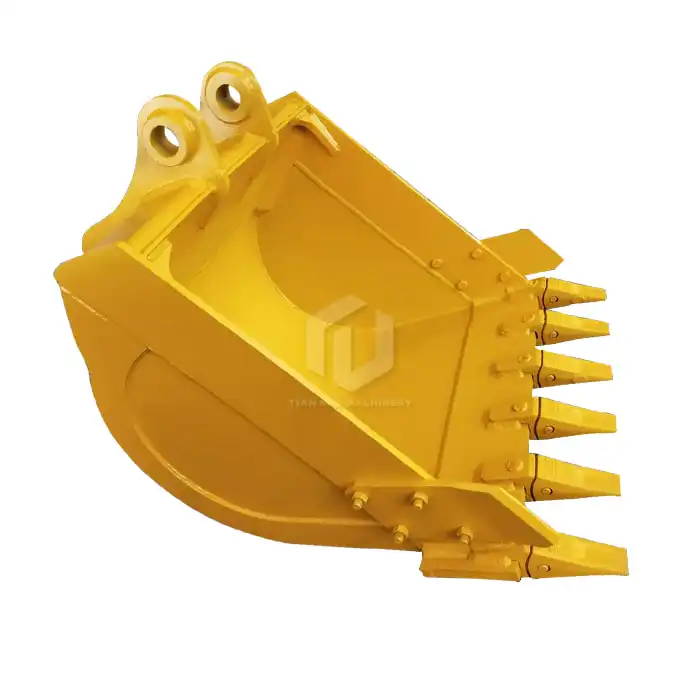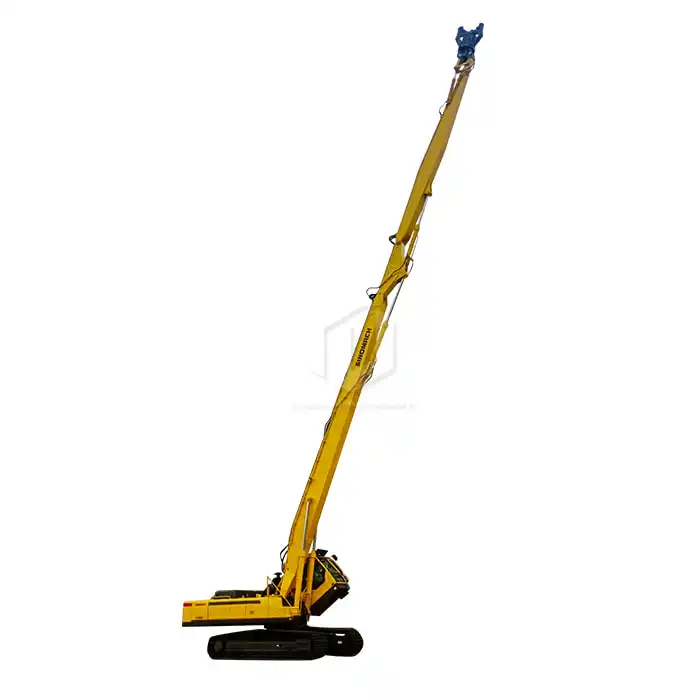How to carry out quality control of the loader tire protection chains?
Loader tire protection chains are essential components in heavy machinery operations, providing enhanced traction, extended tire life, and improved safety. To ensure these chains perform optimally and meet the required standards, rigorous quality control measures are necessary. This article will delve into the various methods and tests used to maintain the quality of loader tire protection chains, focusing on material control, hardness testing, and tensile, rupture, and extension tests.
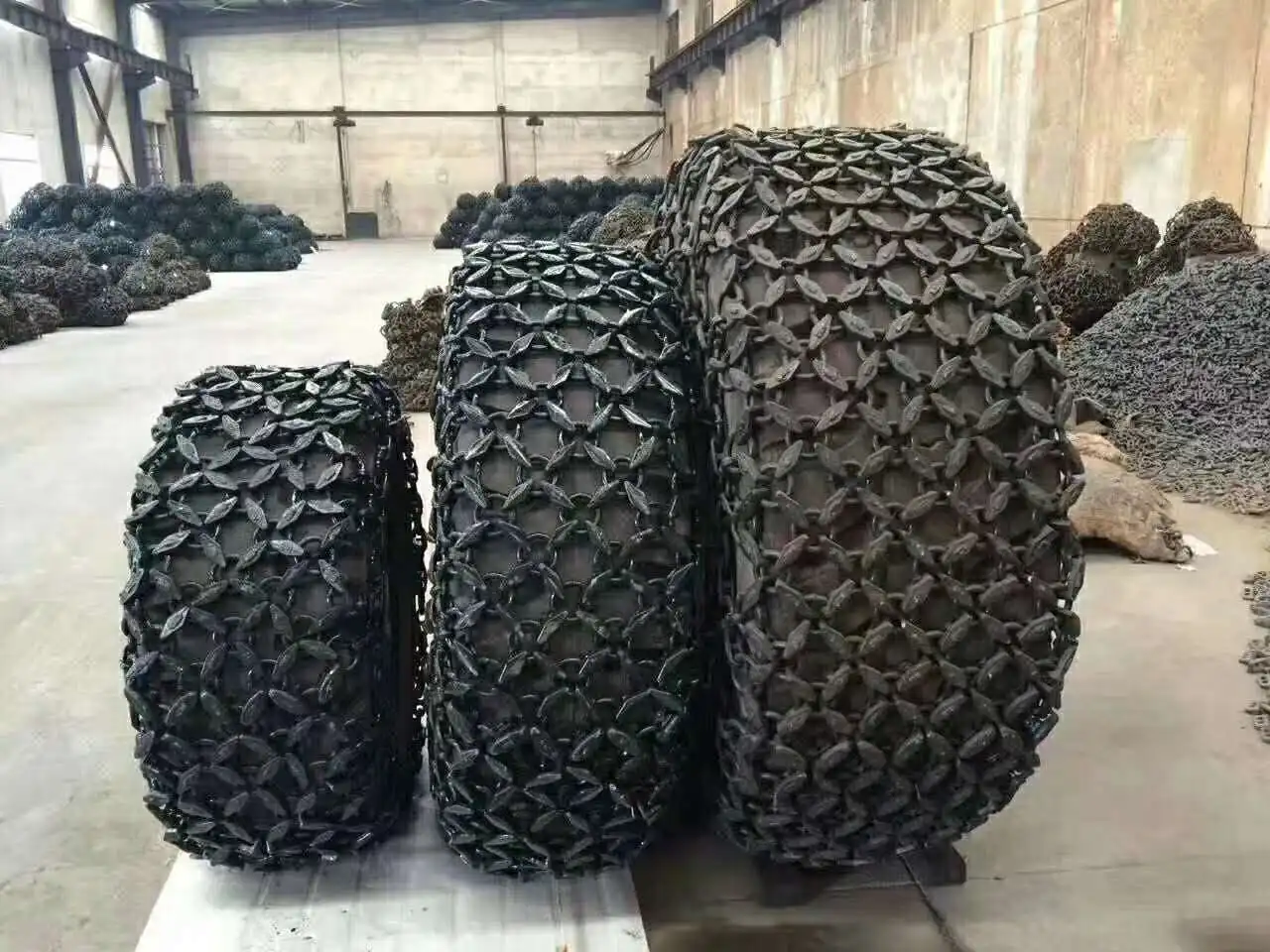
Material Control: The Foundation of Quality
The quality of a loader tire protection chain begins with the materials used in its construction. Material control is a crucial step in ensuring the overall performance and durability of the chain. Here's how manufacturers maintain strict material control:
Raw Material Selection: High-quality protection chains are typically made from alloy steel. The selection of raw materials is critical, as it directly impacts the chain's strength, wear resistance, and overall performance. Manufacturers often work closely with suppliers to ensure that the steel meets specific chemical composition requirements.
Material Testing: Before the manufacturing process begins, the raw materials undergo thorough testing. This includes chemical analysis to verify the composition and mechanical testing to assess properties such as yield strength and elongation. These tests help ensure that the materials meet the required specifications for producing robust and reliable loader tire protection chains.
Traceability: Implementing a robust traceability system is essential in material control. This system allows manufacturers to track the origin and processing history of each batch of raw materials. In case of any issues or defects discovered later, it becomes easier to identify the source and take corrective actions.
Storage and Handling: Proper storage and handling of raw materials are crucial to maintain their quality. This includes protecting them from moisture, extreme temperatures, and contaminants that could affect their properties. Implementing a first-in, first-out (FIFO) inventory system helps ensure that materials are used within their optimal timeframe.
By implementing stringent material control measures, manufacturers can lay a solid foundation for producing high-quality loader tire protection chains that meet the demanding requirements of heavy-duty applications.
Hardness Testing: Ensuring Durability and Wear Resistance
Hardness testing is a critical quality control measure for loader tire protection chains. The hardness of the chain directly influences its wear resistance, durability, and overall performance in harsh operating conditions. Here's an in-depth look at the hardness testing process:
Types of Hardness Tests: Several hardness testing methods are used in the industry, with the most common being the Rockwell and Brinell tests. The Rockwell test is often preferred for its speed and ease of use, while the Brinell test is valued for its accuracy, especially for larger components.
Testing Procedure: In a typical hardness test, a specific force is applied to the chain's surface using an indenter. The depth or size of the resulting indentation is measured, which correlates to the material's hardness. For protection chains, multiple points along the chain are tested to ensure consistent hardness throughout.
Hardness Specifications: The required hardness for protection chains can vary depending on the specific application and operating conditions. Generally, a balance is sought between hardness for wear resistance and sufficient ductility to prevent brittleness. Manufacturers often specify a hardness range, such as 45-50 HRC (Rockwell C scale), to ensure optimal performance.
Surface vs. Core Hardness: In some cases, loader tire protection chains may undergo surface hardening treatments to enhance wear resistance while maintaining a more ductile core. In such instances, both surface and core hardness are tested to ensure the desired properties are achieved.
Frequency of Testing: Hardness testing is typically performed at various stages of the manufacturing process. This includes testing the raw materials, testing after heat treatment processes, and conducting final inspections on finished chains. Regular testing helps maintain consistent quality and allows for early detection of any deviations from specifications.
Calibration and Standardization: To ensure accurate and reliable results, hardness testing equipment must be regularly calibrated and standardized. This involves using certified reference blocks to verify the accuracy of the testing machine and following standardized procedures as outlined by organizations such as ASTM International.
By implementing comprehensive hardness testing protocols, manufacturers can ensure that loader tire protection chains possess the necessary durability and wear resistance to withstand the demanding conditions of heavy machinery operations.
Tensile, Rupture And Extension Tests: Evaluating Strength and Flexibility
Tensile, rupture, and extension tests are crucial in assessing the mechanical properties of loader tire protection chains. These tests provide valuable insights into the chain's strength, ductility, and overall performance under stress. Let's explore each of these tests in detail:
Tensile Testing:
- Purpose: Tensile testing evaluates the chain's ability to withstand pulling forces without breaking.
- Procedure: A sample of the chain is securely clamped at both ends and gradually pulled apart using a specialized machine. The force applied and the chain's elongation are measured throughout the test.
- Key Measurements: The test provides data on the chain's ultimate tensile strength (maximum load before failure), yield strength (point at which permanent deformation begins), and elongation (measure of ductility).
- Importance: Tensile strength is crucial for loader tire protection chains as they must withstand significant forces during operation without failing.
Rupture Testing:
- Purpose: Rupture testing assesses the chain's ability to resist sudden, catastrophic failure under extreme loads.
- Procedure: Similar to tensile testing, but the load is increased rapidly until the chain ruptures.
- Key Measurements: The test measures the maximum load at rupture and the chain's behavior during sudden failure.
- Importance: Rupture strength is critical for safety, ensuring the chain can withstand unexpected overloads without catastrophic failure.
Extension Testing:
- Purpose: Extension testing evaluates the chain's elasticity and ability to return to its original length after being stretched.
- Procedure: The chain is stretched to a predetermined length or load and then allowed to recover. The permanent deformation is measured.
- Key Measurements: The test provides data on the chain's elastic limit, permanent set (residual elongation), and recovery rate.
- Importance: Proper extension characteristics are essential for maintaining chain tension and preventing excessive slack during operation.
Test Frequency and Sampling: These tests are typically performed on samples from each production batch. The frequency and sample size may vary based on production volume and quality control standards. Some manufacturers may also conduct periodic tests on chains that have been in service to assess their performance over time.
Interpretation of Results: The results of these tests are compared against established specifications and industry standards. Any deviations from the expected values may indicate issues with material quality, heat treatment processes, or manufacturing techniques that need to be addressed.
Documentation and Traceability: Detailed records of all test results are maintained, often linked to specific production batches. This documentation is crucial for quality assurance, continuous improvement efforts, and addressing any field issues that may arise.
By conducting comprehensive tensile, rupture, and extension tests, manufacturers can ensure that loader tire protection chains meet the stringent requirements for strength and flexibility necessary for reliable performance in demanding operating conditions.
Tiannuo Machinery Loader Tire Protection Chain
Quality control is a critical aspect of manufacturing loader tire protection chains, ensuring that these essential components meet the rigorous demands of heavy machinery operations. Through meticulous material control, comprehensive hardness testing, and thorough tensile, rupture, and extension tests, manufacturers can produce chains that offer superior performance, durability, and safety.
Tiannuo Machinery's loader tire protection chain exemplifies the benefits of stringent quality control measures. This innovative solution is designed to protect tires effectively, tripling their lifespan and providing significant cost savings. The chain's quick installation process, requiring just two people and about an hour to set up, minimizes downtime and improves operational efficiency.
One of the standout features of Tiannuo Machinery's chain is its low failure rate and minimal maintenance requirements, a testament to the rigorous quality control processes employed during manufacturing. The chain comes with few accessories, eliminating the need for extensive post-installation upkeep and further reducing operational costs.
Moreover, the enhanced traction provided by these chains boosts efficiency and reduces fuel consumption, contributing to both cost savings and environmental sustainability. This combination of durability, ease of use, and performance enhancement makes Tiannuo Machinery's loader tire protection chain a valuable addition to any loader operation.
If you're in the market for a high-quality loader tire protection chain manufacturer, we invite you to experience the Tiannuo Machinery difference. For more information or to discuss your specific needs, please contact our team:
- Manager: arm@stnd-machinery.com
- Team Members: rich@stnd-machinery.com and tn@stnd-machinery.com
Choose Tiannuo Machinery for loader tire protection chains that deliver unparalleled quality, performance, and value.
References:
- ASTM International. (2021). "Standard Test Methods for Tension Testing of Metallic Materials." ASTM E8/E8M-21.
- ASM International. (2019). "ASM Handbook, Volume 8: Mechanical Testing and Evaluation."
- ISO. (2018). "ISO 6507-1:2018 Metallic materials — Vickers hardness test — Part 1: Test method."

